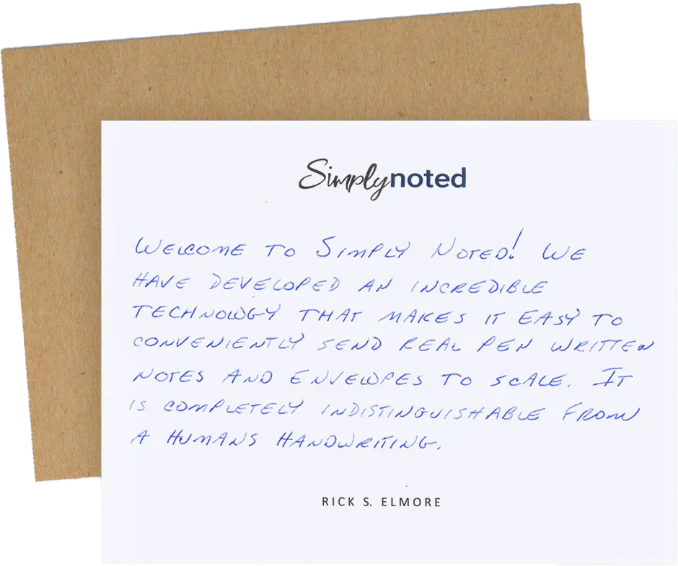Happy National Proofreading Day!

It’s inevitable. You type up an important email, letter, or report. You read it. You run it through spell-check. Maybe you read it again. By the end, you feel confident in your prose, yet you still miss a silly error that makes it into the final draft. As a result, your family gets an email about Thanksgiving where you say, “Let’s eat grandpa!” instead of “Let’s eat, grandpa!” and you go down in family history as the grandkid that wanted to substitute the family patriarch for turkey.
Proofreading is important. At best, your writing errors make you look silly. At worst, even the tiniest can drastically change your writing’s meaning and cause misinterpretations for your readers. Spelling and grammar checks are an excellent first line of defense against the worst offenses, but they can’t catch every gaff. If you spell “find” as “fined” or “knight” as “night,” your mistake may slip under the radar.
That’s why in 2011, Judy Beaver created National Proofreading Day in memory of her mother. As Judy tells it, “My mom, Flo, loved to correct people, so her birthday is the ideal day to correct errors. On March 8, project a professional image with well-written documents that are 100 percent accurate!”
So this March 8, pull out your proofin’ pen and do some correcting! Flo would be happy to know that another person is working to improve their writing.
SEE ALSO: How to Write a Thank You Note - Best Tips and Examples
PROOFREADING TIPS
Here at Simply Noted, we take proofreading pretty seriously. Our business is handwritten notes by the tens of thousands. The last thing you want is a spelling error to ruin a significant direct mail campaign. We love National Proofreading Day because it helps remind people of the importance of careful attention when writing. Here are some tips to improve your proofreading skills.
Use Fresh Eyes
Take a look at this sign. What does it say?

Did you read, “Keep off the grass”? If so, look again. The word “the” is actually printed on the sign twice. This is a classic example of how our brains take shortcuts and often see what we expect to see. Because you recognize the photo quickly as a “keep off the grass” sign, your brain just assumes it already knows what it says. You think that you’ve read it, but you didn’t.
That same thing can happen when we’re proofreading something we wrote. Because it’s our text, we tend to assume we know what it says, and we don’t read as carefully as we should to catch mistakes.
A great way to work around this weakness is to step away from your writing for a while. Do something else for a bit, or wait for a day and then come back to your text. You’re more likely to pay closer attention when it isn’t fresh in your head.
Read ALOUD
Proofreading out loud is another excellent way to force yourself to pay closer attention to your text. It’s easier for your mind to skip over words or sections of text when you’re reading in your head. Hearing your voice out loud precludes these sorts of omissions.
Reading aloud helps you spot poor sentence construction as well. A confusing sentence might slip by in your head but will become blatantly obvious when you hear it out loud.
Learn Your Common Errors
Most people have specific writing mistakes that they make frequently. Becoming aware of them can help you avoid them in the future, or at least catch them while proofreading. If it helps, keep a list of your most common mistakes. Just the act of writing them down can help focus your resolve to fix them.
SEE ALSO: 5 Sample Sympathy Thank You Notes
Track With Your Finger
When reading in their head, people tend to look ahead of where they are, sometimes reading more than one word at a time. This can cause them to miss things. By moving your finger along the text as you read, you force your eyes and your mind to read one word at a time. Mistakes that you might otherwise miss will become more evident.

Read Your Text Backward
Reading backward is a bit of a nuclear option. It can take a long time to read a lengthy document in reverse, but there’s no better way to fool your brain into paying attention to spelling errors. Why? Because text read backward makes no sense. It leaves nothing for your brain to pay attention to narratively, helping it focus better on finding mistakes.
SEE ALSO: Best Ways to End a Greeting Card
PROOFREADING FAILS THROUGH HISTORY
Still not convinced that proofreading is a critical part of the writing process? Then maybe you need some examples from history. These are undeniable proof that you could be setting yourself up for disaster if you skip your proofreading.
Are You Sure That’s Allowed?
Printing was an expensive, labor-intensive process back in 1631 when an unfortunate London printer left out a critical word from a batch of Bible’s he was producing. By accident, he omitted a “not” from one of the ten commandments, radically changing the admonition. Suddenly London’s faithful were being told, “Thou shalt commit adultery.”
This didn’t sit well with the king. He fined the printer and ordered all thousand copies burned. Needless to say, “Thou shalt proofread your work” became the printer’s eleventh commandment.

The Fruit Is Free
In 1872 the U.S. government was desperate to raise revenues. It began levying tariffs on all sorts of imported goods and intended to include fruit imports on that list. However, an accidental comma ruined the plan for a time.
Fruit plants were given a pass, and this exemption was included in the tariff bill as, “...fruit, plants" are exempt. However, because of the comma, fruit plants like apple trees and grapevines weren’t exempt. Instead, fruit was exempt, and plants were exempt. Until the tariff act was amended, this error caused a significant loss of tax revenue.

Careful — Your Typos Could Cost You Millions
The single most expensive typo in history occurred in 1962. NASA launched the Mariner 1 probe to get close-up photos of the Venusian surface. Unfortunately, one of the program’s engineers made a small error in the rocket’s guidance algorithm, which caused a fatal error, crashing the probe into the sea.
What was the final tally for this tiny typo? Taxpayers had to pony up $150 million to cover the downed spacecraft’s cost, not to mention the loss to science.
So the next time you’re thinking about skipping your proofreading, remember that one errant character can crash an exorbitantly expensive space probe straight into the ocean. Do you have $150 million lying around? We certainly don’t. So be sure to proofread!























